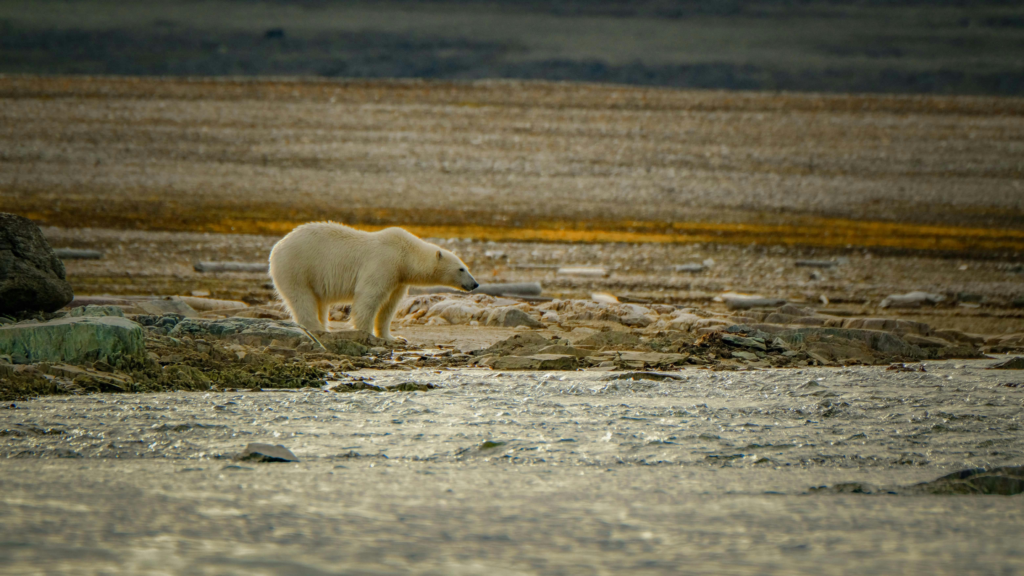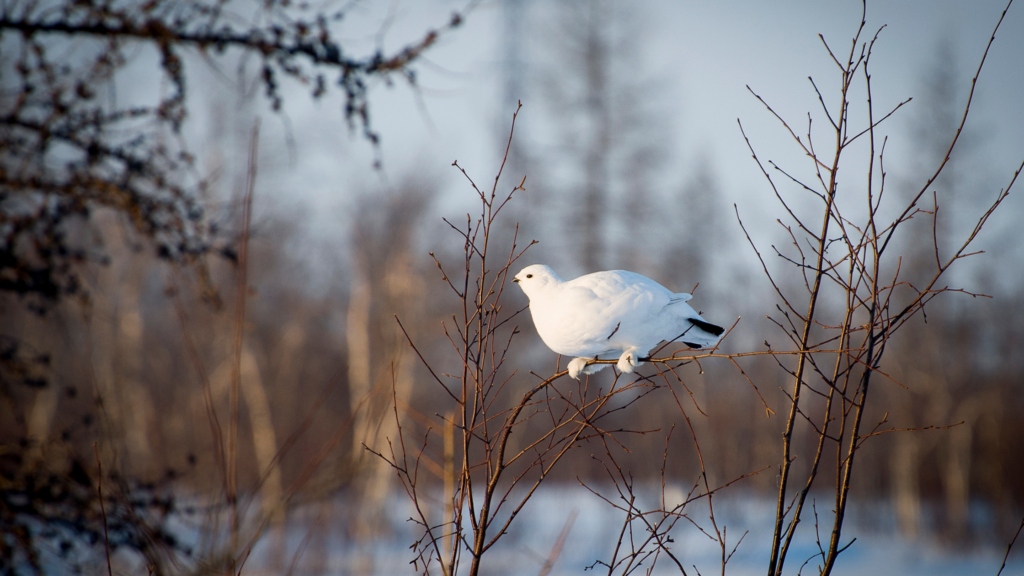The Arctic’s Alarming Shift: From Climate Regulator to Carbon Source

The Arctic is on fire—literally. As the planet warms, the once-frozen tundra is transforming into something unrecognizable. This year alone, wildfires across the Arctic Circle released 207 million metric tons of carbon into the atmosphere—the equivalent of emissions from 200 coal power plants. For the first time in thousands of years, the Arctic tundra isn’t absorbing carbon. It’s emitting it.
For a long time, the Arctic functioned as one of our planet’s most important carbon sinks, acting like a giant freezer that locked away carbon in its frozen soils, permafrost, and wetlands. For thousands of years, this icy ecosystem has stored massive amounts of carbon, keeping it out of the atmosphere and helping regulate our climate.
But now, the Arctic is warming faster than anywhere else on Earth. Thawing permafrost is releasing carbon dioxide and methane—supercharged greenhouse gases—into our atmosphere, speeding up climate change.
Protecting the Arctic means protecting this vital carbon storage system, and with it, the stability of our planet’s climate.

A Grim Milestone: From Sink to Source
This isn’t just an alarming fact—it’s a wake-up call. The 2024 Arctic Report Card from the National Oceanic and Atmospheric Administration (NOAA) spells it out: Melting permafrost, raging wildfires, and shrinking sea ice are rewriting the rules of the Arctic.
And let’s be real—what happens in the Arctic doesn’t stay in the Arctic.
The Arctic’s ability to regulate our planet’s temperature is breaking down. As the tundra thaws, ancient organic matter decomposes, releasing carbon dioxide and methane—two of the most potent greenhouse gases. This vicious cycle is speeding up, and we’re running out of time to stop it.

2024: The Hottest Year on Record
It’s official: 2024 is the hottest year in recorded history. Data from the Copernicus Climate Change Service (C3S) shows global temperatures blowing past the 1.5°C threshold above pre-industrial levels. While this doesn’t mean we’ve broken the Paris Agreement’s limit—1.5°C refers to long-term averages, not single years—it’s a flashing red light. We’re skating on dangerously thin ice.
To keep warming under control, we need to cut fossil fuel emissions by at least 45% by 2030. But instead, global CO2 emissions are set to hit an all-time high this year. The math doesn’t add up. Promises of net-zero emissions are meaningless without immediate, bold action.

The Arctic Ecosystem: On the Brink
The Arctic has long been the “canary in the coal mine” for climate change. And the canaries have stopped singing. This year saw the sixth-lowest sea ice levels ever recorded. Without its reflective white cover, the Arctic Ocean absorbs more heat, further accelerating ice melt. Rain replaced snow in what became the Arctic’s rainiest summer on record, eroding permafrost and reshaping the landscape.
The fallout is devastating. Warming tundra is fueling shrub growth, choking out lichens that migratory caribou rely on. Rain creates thick layers of ice, blocking caribou from grazing. Between this and the many other challenges they already face, we’ve seen a 65% decline in caribou populations—a blow to Indigenous communities who depend on them for food, culture, and identity.
Then there’s the ticking carbon time bomb beneath the tundra. Permafrost, the permanently frozen layer of soil and ice, holds twice the carbon currently in our atmosphere and three times what’s in all the world’s forests combined. As the ground thaws under ever-increasing temperatures, that carbon is released, amplifying the climate crisis at an unfathomable scale.

A Misguided Auction: The Threat to the Arctic National Wildlife Refuge
As if the Arctic weren’t under enough pressure, its most pristine landscapes are now up for grabs. Thanks to the 2017 Tax Act, the Biden administration is legally required to hold another oil and gas lease sale in the Coastal Plain region of the Arctic National Wildlife Refuge this January. Four hundred thousand acres of wilderness—home to polar bears, migratory caribou, and countless other species—are on the chopping block, starting at just $30 an acre.
At a time when we should be fighting to protect every inch of this fragile region, we’re auctioning it off to the highest bidder. The first lease sale in the Refuge was a colossal failure, generating less than 1% of the promised revenue. Yet, the Alaska Industrial Development and Export Authority (AIDEA) is signaling it will bid again, ignoring overwhelming opposition from Indigenous groups, environmental advocates, and many Americans.
The Arctic National Wildlife Refuge is an outlier in U.S. conservation. It’s the only wildlife refuge with oil and gas development as a stated purpose (thanks to Trump’s 2017 Tax Act)—a glaring contradiction to its mission of preservation. For decades, Americans have stood with the Gwich’in Nation, Iñupiat allies, and conservationists to protect this sanctuary. It’s time to double down on that commitment.

The Path Forward: Act Now
The Arctic is telling us something, loud and clear: Act now, or face the consequences. We can’t undo the damage already done, but we can stop it from getting worse. Cutting emissions, investing in renewables, and protecting fragile ecosystems aren’t optional—they’re essential.
The Arctic Report Card arrives at a critical moment, as agencies like NOAA face the threat of downsizing under Project 2025. This misguided initiative would privatize NOAA’s weather forecasting and gut its climate research, jeopardizing our ability to confront the climate crisis head-on.
We don’t have time for complacency. This is a call to action—for you, for us, for everyone who cares about the future of this planet. Hold leaders accountable. Demand bold climate policies.
The science is clear, the solutions are here, and the clock is ticking.
Let’s rise to the challenge. The Arctic may feel far away for many of us, but its fate is tied to ours. Protecting it means protecting our future.
